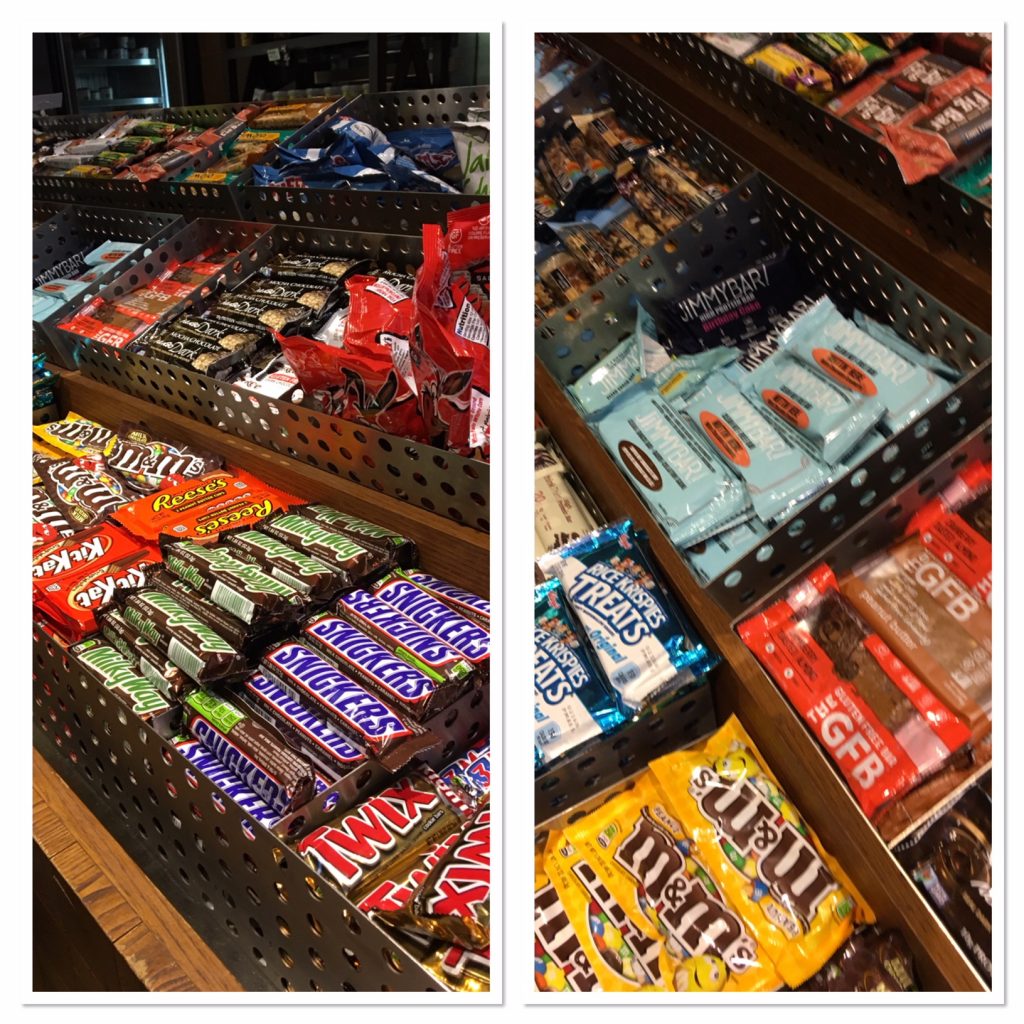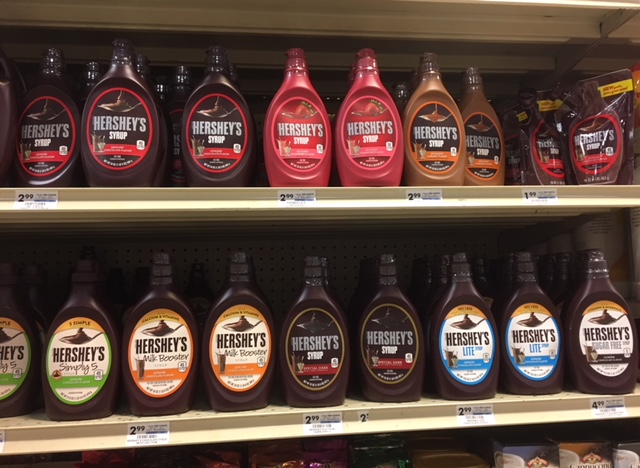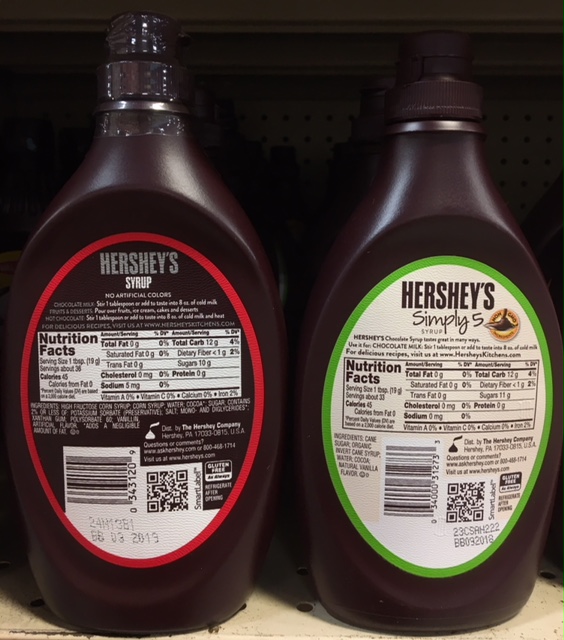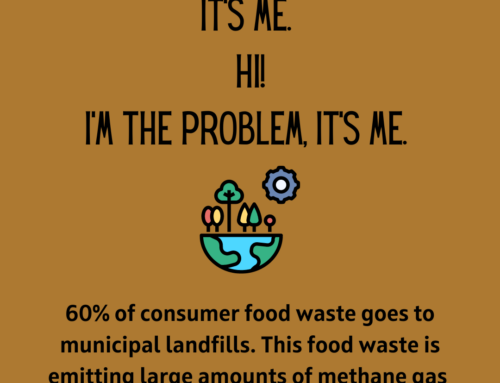I really don’t enjoy grocery shopping anymore. In part, it’s the routine of it, but also the frustration of finding items I need while being overwhelmed by seeing so many choices in the grocery isles.
Some of the extra choices are a good thing but others really aren’t. The labeling trend for “absence claims” is driving the information food manufacturers place on the front of packages. These claims are marked on foods claiming they are “free from” some ingredient. This tends to suggest that the missing ingredient is undesirable in some way.
The confusion is compounded with food products using these claims about an ingredient that was never in the product in the first place. In the 1980s and 90s we saw many fat free claims, but we also saw a lot of “cholesterol free” claims on food packages that never ever contained any cholesterol (cholesterol is an animal product, therefore plant foods fried in vegetable fat are always going to be cholesterol free).
Well, nobody cares much about cholesterol anymore. Gluten, artificial ingredients, GMOs and “ingredients you can’t pronounce” are the new dietary devils (with dairy and soy taking runner up).
Take gluten for instance. While people are beginning to realize that choosing gluten free products isn’t a secret recipe to easy weight loss (Hint: there is not such thing as easy weight loss), it is a nice thing to have more choices for those who really need them in the gluten free isle.
Gluten free products have come a long way which is great for those with Celiac Disease or gluten intolerance. When I began my career, the products available weren’t too tasty. Now there are many types of gluten free flours on the market, and even gluten free convenience foods in the freezer isle.
There are also lots of unnecessary gluten free labels on foods however. Many foods labeled gluten free have never been a food with gluten. Does this help educate the consumer or confuse them? Let’s take a quick look at snack bars.
Fancy Candy
I recently attended my annual nutrition conference (FNCE® – The Academy of Nutrition and Dietetics Food and Nutrition Conference) and when grabbing a cup of coffee in my hotel’s lobby cafe, I snapped these photos:

Lots of “traditional” candy bars, and then on upper shelves, what I call “fancy candy” and other bars.
This was an overwhelming selection of candy and snack bars. Some of them, what I’ll call “fancy candy”, are newer to the market – bars that are gluten-free, soy-free, with added protein, and organic or “functional” ingredients (such as added vitamins or antioxidants). If you’re grabbing one of these it’s likely because you are craving something sweet or need quick calories.
At the end of the day, every single one of these bars can be proclaimed equal in my book – about 200-250 calories, 10 grams of fat, and 12-16 grams of sugar.
We could argue about whether eating all of those calories is better or worse depending on the ingredients (type of fat, organic versus conventional, gluten free, number of ingredients in the list, etc.), but if you are trying to lose weight, you should not eat a 250 calorie bar every day, whether it is sweetened with 65 calories of honey, 65 calories of organic cane sugar, or 65 calories of high fructose corn syrup. Unless you are eating this to replace a meal (and you add an additional 200 calories in nutrition to the meal to balance it out), it’s not the best choice for your overall diet.
A Menagerie of Syrups
Growing up in Pennsylvania, I was an early Hershey Kiss® adopter. I absolutely love them. My mother always had a pretty little bowl filled with them in our living room, and I’ve followed suit. My dream job would be “Hershey Kiss Spokesperson” – the perfect little sweet calorie-controlled package.
But Hershey’s? Do we really need this many syrups to choose from?

Regular, strawberry, caramel, sugar free,Simple, Boosting, Special Dark, LIte
As a child, my mother also always had a can of Hershey’s chocolate syrup in the house. It came in a can, and it was the only choice there was. We used it to make chocolate milk and to drizzle (not pour) on ice cream. Now we have nine choices?
“Simple” or “Simply” is another new term we see on packages in the supermarket. This food marketing claim wants you to believe that less ingredients are always better. This isn’t always the case, but Hershey’s, like so many other companies, is creating these products because they feel there is a consumer demand for them, even though it makes no sense.
Checking out these two syrups pictured here, the original product contains 12 ingredients, the Simply 5 contains only 5 (including organic sugar). In this case, the “Simply 5” product has the same calories per serving, the same amount of carbohydrate (for those with diabetes counting their carbs), but actually has one more gram of sugar. It’s a wash.

Both products contain safe ingredients, 45 calories per serving and 12 grams of carbohydrate.
What Is Driving These Labeling Trends?
Consumers choose different food and beverage products for a variety of reasons including:
- Taste, flavor, quality
- Price, value
- Availability in their market area
- Brand loyalty
- Personal views (environmental, religious)
Food manufacturer’s are keenly aware that consumers bring their emotions to the store. It’s not just about nutrition anymore, it’s about what foods make people “feel good” about purchasing. Not physically, but emotionally.
If you are trying to lose weight, manage your weight, or manage your blood sugar levels, calories do count. The impact on blood sugar or weight is exactly the same when you deliver the exact same about of calories and carbohydrate, no matter the source. (Yes, I know, I know, 100 calories of broccoli is more nutritious than 100 calories of soda). But if you’re eating a snack bar, fifteen grams of sugar is fifteen grams of sugar, and 240 calories is 240 calories.
If choosing these foods makes you feel good, great, but these “health halo” foods are not “better for you”.
It’s wise to use the majority of your food budget to buy foods from the basic food groups (vegetable, fruit, meat, grains, dairy) that fit your budget and that you are able to plan healthy, balanced meals around. Limit the junk food, and in my opinion it’s not worth extra food budget dollars to buy “fancy junk”.




